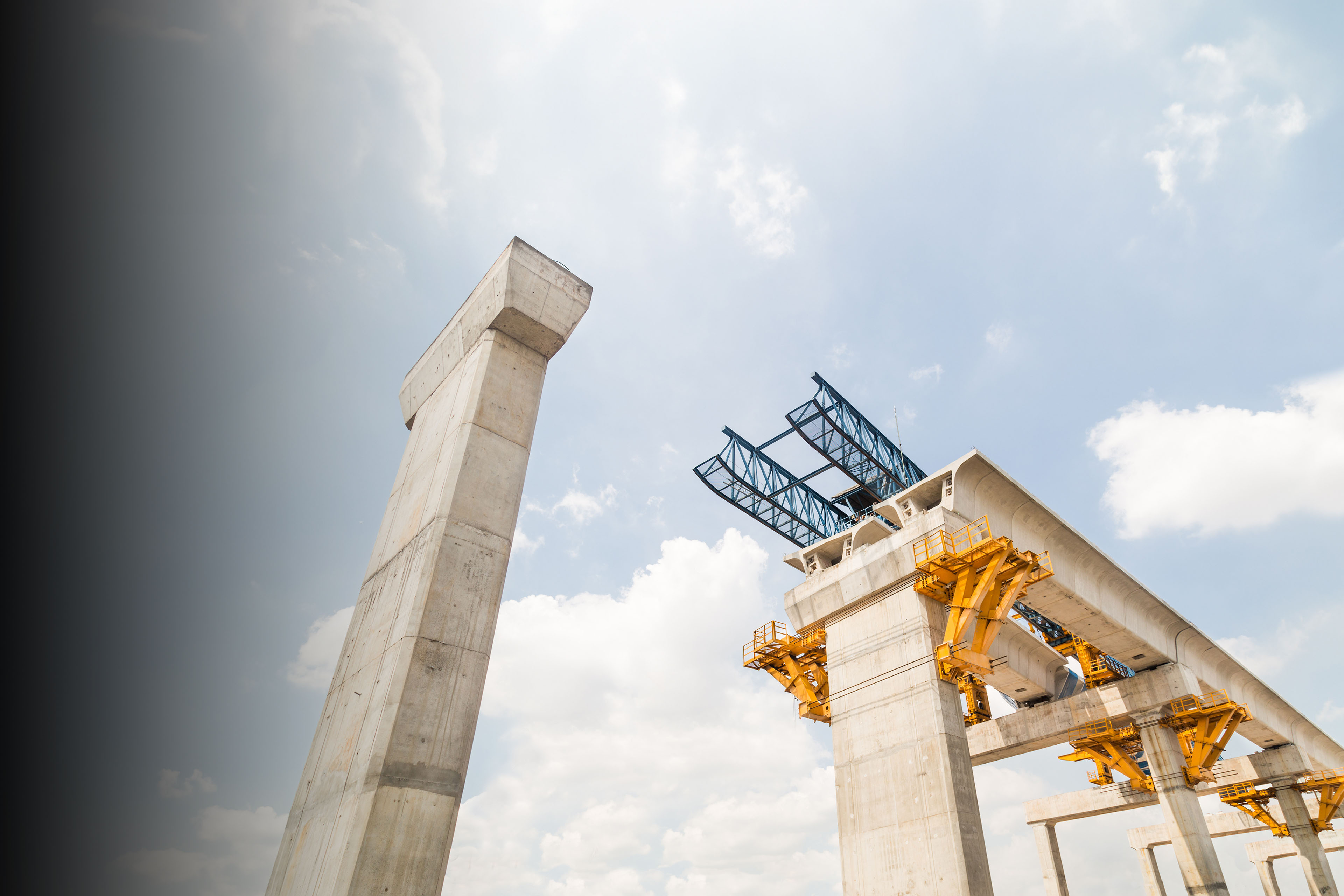EY refers to the global organization, and may refer to one or more, of the member firms of Ernst & Young Global Limited, each of which is a separate legal entity. Ernst & Young Global Limited, a UK company limited by guarantee, does not provide services to clients.
How EY can help
-
The EY Enterprise Resilience solution helps organizations navigate disruption with agility — reducing risk and driving long-term value. Learn more.
Read more
Business leaders today are rightly worried about a whole host of threats. For example, a recent EY survey of CEOs identified multiple threats to growth, including pandemic-related supply chain disruptions, uncertain monetary policy direction, higher input prices and inflation and increasing cybersecurity risks. Some of these pose a threat not just to growth, but existence.
How do you equip yourself for all these eventualities?
The key is having the organizational capability and willingness to adapt and reshape the organization to changing environments to build resilience and deliver sustainable long-term value to your stakeholders.
From continuity to resilience
Many enterprises focus on maintaining business as usual by tackling the individual problem or disruption.
But over the last few years, leaders have become more aware of interdependence, both within their organizations as well between external events. A problem in one seemingly isolated area can have much wider ramifications.
In the World Economic Forum’s (WEF) Global Risks Report 2023, the authors identify that “Concurrent shocks, deeply interconnected risks and eroding resilience are giving rise to the risk of polycrises — where disparate crises interact such that the overall impact far exceeds the sum of each part.”2
The war in Ukraine has demonstrated how crises can have wide ramifications. Few organizations anticipated the extent of instability, from energy prices to food availability, that would unfold over the months since it began.
And there are more potential polycrises on the horizon. For example, the WEF anticipates “interrelated environmental, geopolitical and socioeconomic risks relating to the supply of and demand for natural resources.”3
This underlines the need for a shift from business continuity to enterprise resilience — building a predictive approach to anticipate unexpected emerging threats, opportunities and trends through “intelligent” horizon scanning, anticipation, improvisation, innovation and adaptation as key capabilities.





